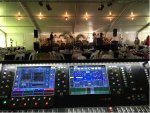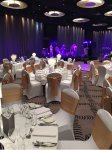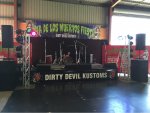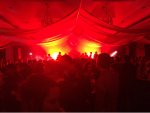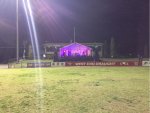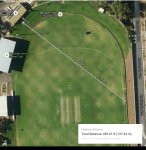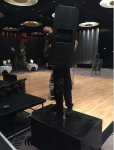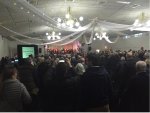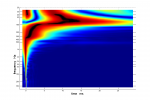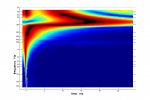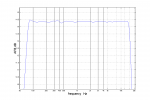Re: 60 Degree DIY Mid Hi
Hi Don,
Nice job! Nice results!
Let’s go forward with accuracy!
Peter has already pointed to resonances. I would like to do that in more details.
Please take a look on your images attached.
You can see resonances in both diagrams: as smearings on TDA image and bumps on AFR image as well.
The AFR curve of TDA is not „showing” resonances in all details because the TDA process is for timing analysis – the resolution of AFR is sacrificed for high timing resolution.
Another story is with TDA EQ. It is capable to hook out AFR information to be used for EQ.
Let’s try how it works for your speaker. Please download the testsignal of TDA EQ
http://aplaudio.com/downloads/TS_48_96k_25p.rar
Play it and record by use of measurement mic. Send recorded file to me.
It contains 25 sweeps. You should move the measurement mic all the recording time to cover some square (25 x 25 points) in front of your speaker to cover some + - 5...10 degr. around the axes.
Good luck,
Raimonds


Hi Raimonds,
I've read your article and Dr. Toole's and am trying to take it all in. I'm primarily doing live SR so I'm trying to make that application.
I downloaded the trail version of your TDA software to give it a try and see how it would help a DIYer like me on a project like this. I ran a test on one of the DIYs with a 60 deg horn in it. Not exactly sure what I'm looking at though. Here are some screen captures of the TDA, AFR and DFR plus the Smart trace from the same session. There are no subs used during this test.
Hi Don,
Nice job! Nice results!
Let’s go forward with accuracy!
Peter has already pointed to resonances. I would like to do that in more details.
Please take a look on your images attached.
You can see resonances in both diagrams: as smearings on TDA image and bumps on AFR image as well.
The AFR curve of TDA is not „showing” resonances in all details because the TDA process is for timing analysis – the resolution of AFR is sacrificed for high timing resolution.
Another story is with TDA EQ. It is capable to hook out AFR information to be used for EQ.
Let’s try how it works for your speaker. Please download the testsignal of TDA EQ
http://aplaudio.com/downloads/TS_48_96k_25p.rar
Play it and record by use of measurement mic. Send recorded file to me.
It contains 25 sweeps. You should move the measurement mic all the recording time to cover some square (25 x 25 points) in front of your speaker to cover some + - 5...10 degr. around the axes.
Good luck,
Raimonds



